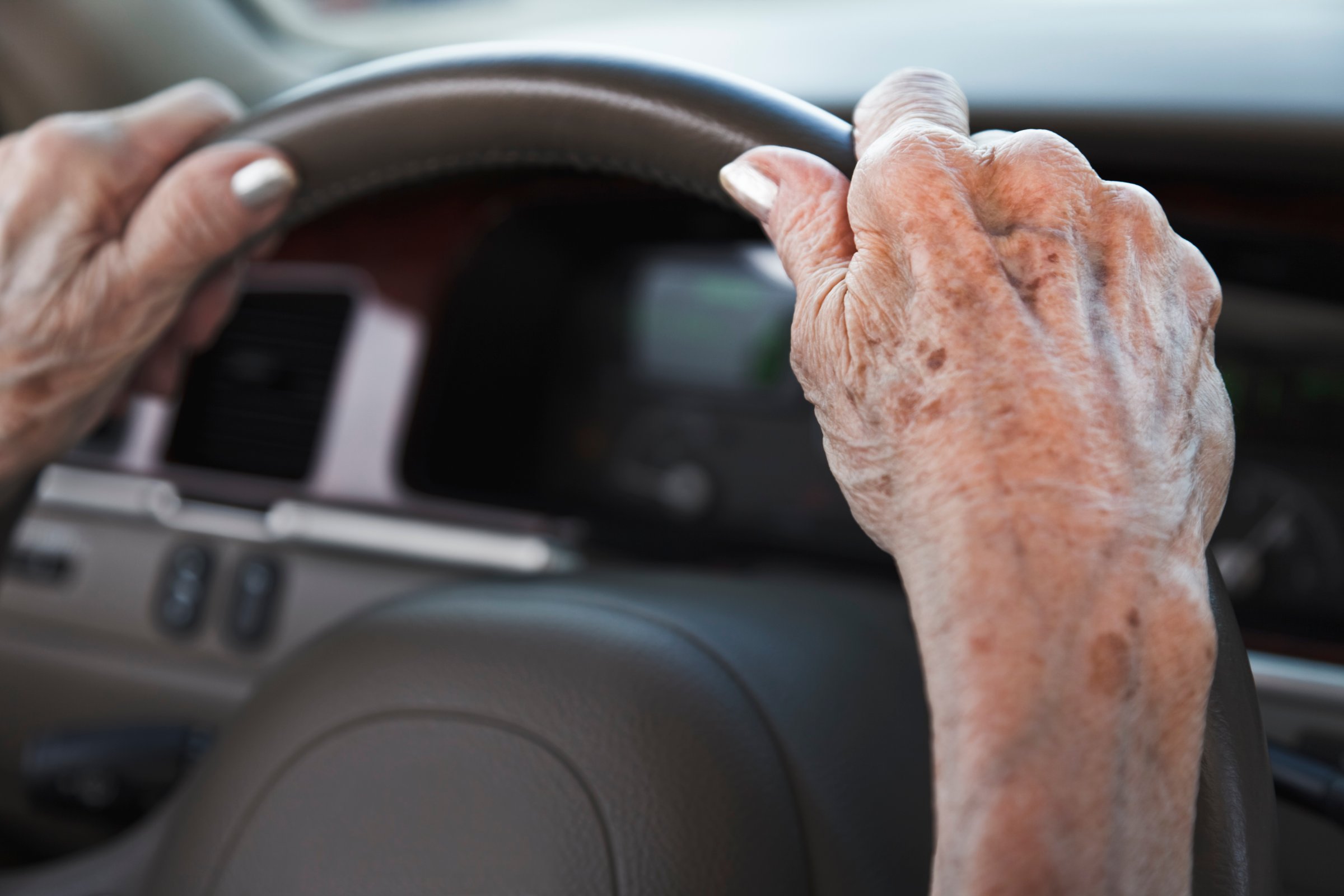
“Companies don’t hire 50-year-olds. They just don’t.”
So says 50-year-old Sherry Singer. After decades of being a professional matchmaker, Singer wanted to change gears and start a non-profit, but still needed to pay the rent in L.A. Feeling she had few places to turn in the traditional job market, she looked to a more disruptive space: the booming on-demand economy led by Uber. Singer, who has now worked several of these freelancing jobs that didn’t exist a few years ago, found she could land a gig within a week.
Agism might be rampant in Silicon Valley, but some of the Bay Area’s leading companies are now actively trying to engage the senior crowd, recognizing the huge potential of experienced workers and responsible adults.
On Thursday, Uber announced a partnership with Life Reimagined, an organization under the AARP umbrella that exists to help older people figure out “what’s next?” after life transitions. The same day, Airbnb released data aimed at “celebrating” older hosts and guests, amid their executives attending summits on aging around the country.
“To overlook them participating in new activities would be really short-sighted,” says Airbnb’s Anita Roth, who attended a recent conference on aging hosted by the White House.
When these companies were startups that didn’t know how long they might survive, being short-sighted may have made sense. New tech companies have been started by young people who hire their young friends to help create solutions to problems they’re encountering in their own young lives. Their first customers are often their young, early-adopting friends who live in the Bay Area. But with valuations north of $25 billion, these “startups” are focusing on expansions into a more untapped demographic, which also happens to be huge and growing.
By 2032, Americans over the age of 65 will outnumber those under the age of 15. While bands of young companies are starting to pay more respect to the buying power of this demographic, Uber’s new effort is about recognizing their potential as workers. Life Reimagined bills itself as a helping hand for any adult in need of some direction—whether that person is a 42-year-old divorcee, 55-year-old empty nester or 66-year-old retiree bored nearly to death. Their mission isn’t just about helping people find new jobs or careers, but that’s often involved for participants who range from their late 30s to early 70s.
“The reality is there are far more adults looking for work than venues that are seeking to hire them,” says Emilio Pardo, Life Reimagined’s president. Their effort with Uber is explicitly targeting the “40-plus” crowd. The rideshare company said they don’t have a particular goal for how many drivers they hope to recruit.
Uber already has hundreds of thousands drivers coming onto their platform worldwide every month and expects perhaps another hundred thousand join their ranks in the U.S. over the next few years. Still, says Uber executive David Richter, they need to actively recruit. “We have the high-class problem of ever-increasing demand,” he says.
See Uber's Stunning New Sci-Fi Headquarters






Uber previously engaged in targeted demographic outreach by trying to sell veterans on becoming drivers. The theory was that many veterans are task-oriented, disciplined and also looking for a healthy outlet “to bring those traits to bear,” says Richter. Those drivers turned out to get higher-than-average ratings; Uber hopes to repeat those results by capitalizing on older drivers who might provide a “more cautious, reliable ride.” According to a white paper released in January, Uber drivers are more likely to be young, female and highly educated than taxi drivers or chauffeurs. Still, about half of them are already over the age of 39.
What about the stereotype that grandma is a haphazard driver who goes everywhere with her blinker on and can operate a smartphone about as well as nuclear submarine? Ken Smith and Martha Deevy, experts from Stanford’s Center on Longevity, generally have a positive attitude about older people driving for Uber, saying that the flexibility those jobs provide will likely be attractive to retirees who need income but want flexible schedules. They also point out that if age 40 is the starting point, that means “there are 30 unambiguously safe years there.” If you look at fatal crash statistics, they point out, you could argue that getting into a car with a 65-year-old is safer than doing so with a driver who is less than 30.
Smartphones are required to do the job of being an Uber driver—as well as most new jobs in the on-demand economy—because it involves accepting and completing requests for rides through the Uber app. Just over half of 50- to 64-year-olds own smartphones, according to Pew, but those numbers are going up. In 2012, only 34% of them did. And, Richter says, new drivers can always lease a smartphone from Uber if needed.
The Center on Longevity is a leading organization dedicated to trying to figure out how Americans can all lead better, longer lives, a crucial mission given that our life expectancies have jumped 20 years since 1925. Airbnb worked with the group to develop a survey to learn more about their older users. Turns out, about one million of Airbnb’s guests and hosts are over 60. Considering 25 million people used Airbnb to find accommodations in the past year, that leaves a lot of room for growth, especially among a demographic that is more likely to own their own home. Like Uber’s veteran drivers, Airbnb’s older hosts also tend to get better reviews than the general population, Airbnb says. The majority of those hosts are either retirees or empty-nesters who start renting out rooms for the extra money; according to Airbnb’s survey, 49% of them are on a fixed income. But, Roth says, many people who come to the platform for the money end up staying for the social engagement and “renewed sense of purpose.” Isolation among older Americans, Life Reimagined’s Pardo says, “is fatal.”
Of course, the sharing and on-demand economies are not without their uncertainties and pitfalls. Lawsuits are alleging that companies like Uber are exploiting their workers, and cities like San Francisco are hotly debating how much home-sharing to allow. Though 50-year-old Singer continues to work for an on-demand ride company, she’s also a lead plaintiff in a class-action lawsuit against Postmates, an on-demand delivery service for which she used to be a courier. The business models of these companies may have to change, but the fact that companies can benefit from giving older Americans more opportunities and attention will remain. “People are in a moment in America where either they can’t retire, don’t want to retire or they’re retired but they’re not done yet,” says Pardo. “It’s all about using the latest technology to actually open up a new opportunity, to give you options.”
More Must-Reads from TIME
- Cybersecurity Experts Are Sounding the Alarm on DOGE
- Meet the 2025 Women of the Year
- The Harsh Truth About Disability Inclusion
- Why Do More Young Adults Have Cancer?
- Colman Domingo Leads With Radical Love
- How to Get Better at Doing Things Alone
- Michelle Zauner Stares Down the Darkness
Contact us at letters@time.com